Signs and Symptoms

Signs and symptoms of VOD

General signs and symptoms of veno-occlusive disease (VOD) include:
Pain and tenderness in the abdomen, especially on the upper right side, due to swelling of the liver, known as hepatomegaly
Rapid weight gain compared to your weight when you started the transplant treatment
Bloating of the abdomen due to fluid buildup, known as ascites
Yellowing of the skin, known as jaundice
Other signs of VOD that may be identified by certain lab values include:

Elevated bilirubin

Low platelet levels requiring multiple platelet transfusions

Elevated liver function tests, most commonly the liver enzymes
The signs and symptoms listed above are not official diagnostic criteria for VOD. The transplant team will officially diagnose VOD if it occurs.
When do the signs and symptoms of VOD typically occur?
Because of the treatments given to prepare the bone marrow for stem-cell transplant, signs and symptoms of VOD most often occur within the first 21 days following stem-cell transplant.
How are the early symptoms of VOD managed?
- Management of early symptoms, such as buildup of fluid, is an important part of the supportive care of VOD.
- Reducing the amount of fluid that has collected in the abdomen and other parts of the body is one of the main goals.
- Medications known as diuretics are given to encourage the passing of urine. Diuretics are sometimes called water pills.
- The amount of fluids given within a day is reduced.
What effect does VOD have on the body?
VOD can quickly start to affect the function of some of the most important organs in the body.
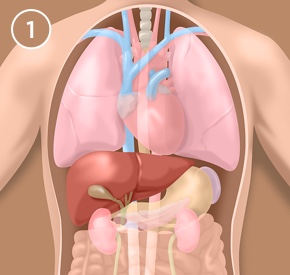
The main function of the liver is to filter harmful substances, called toxins, and other waste products from the blood before it goes to the rest of the body.
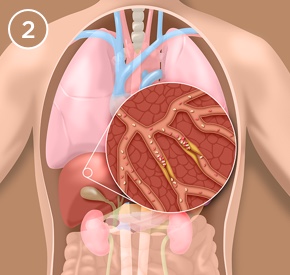
As VOD develops, the blood vessels that transport blood through the liver become narrow. This causes reduced blood flow, and these vessels may become completely blocked.
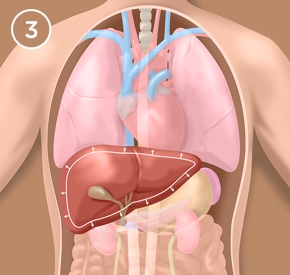
When there is reduced blood flow, fluid builds up inside the liver, causing it to swell. This condition is known as hepatomegaly, and it often leads to pain and tenderness in and around the right side of the abdomen, below the rib cage.
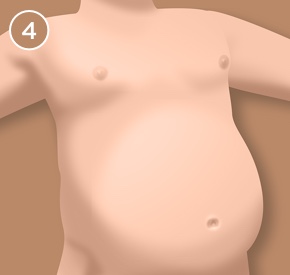
The reduced blood flow also leads to high pressure in the veins that carry blood to the liver. As a result, fluids can leak from the liver and build up in the abdomen. This swelling is known as ascites.
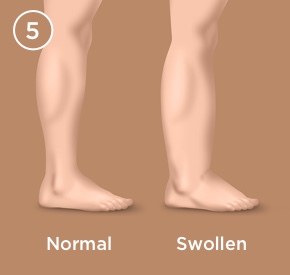
As liver damage worsens, the function of other organs, such as the kidneys and lungs, can be affected. The kidneys may hold excess water and salt, causing the arms and legs to swell.
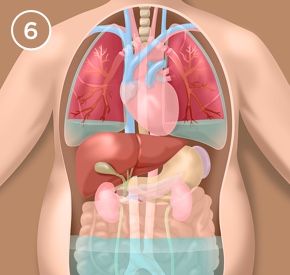
Fluid buildup in the abdomen and lungs can make it harder to breathe.
Downloadable guide to VOD
Print a brochure with information on VOD to share or keep for reference.
The content on this site is not intended to replace a conversation with your transplant team. Only a trained healthcare professional can evaluate your symptoms and make a diagnosis.
